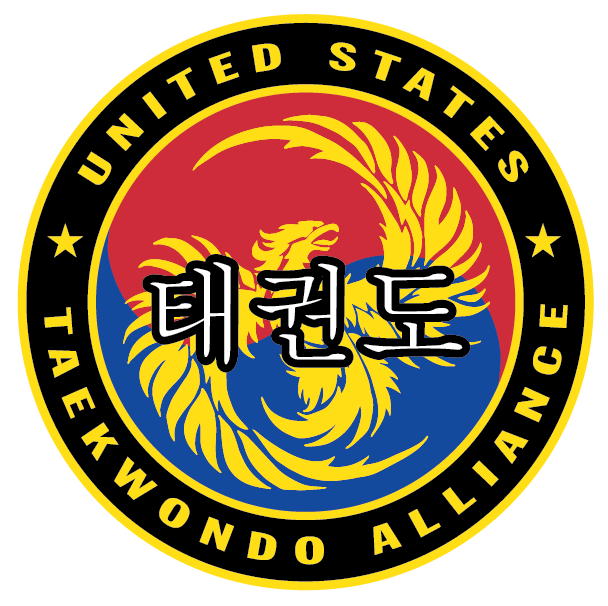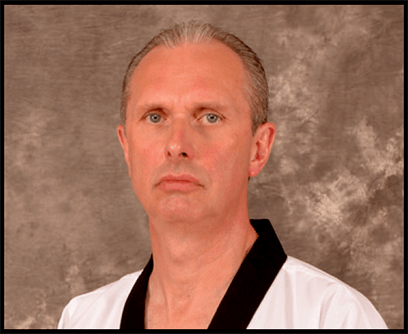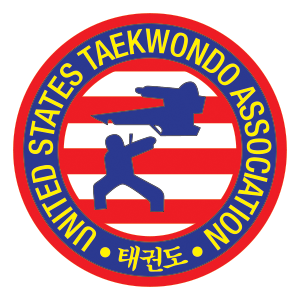From The Editor
Welcome to the May 2021 edition of HOONLYUN, the Journal of the United States Taekwondo Association.
While the world continues dealing with the Covid-19 pandemic, we have come to a new normal with much more face-to-face training at our dojang in Warwick, New York, while continuing our Zoom training to expand training options. It sure feels like we can make out the light at the end of the tunnel. We here at HOONLYUN hope to continue providing inspiration to keep you on your training path and to widen your Taekwondo horizons. In this spring issue, we’ve put together an impressive range of articles.
Our feature interview in this edition is with Grandmaster Y.H. Park. Grandmaster Park is a ninth-degree black belt, and was undefeated Korean national champion of Taekwondo from 1971 to 1975. He is also the former coach of the U.S. Olympic and Pan-American Taekwondo teams. This interview was provided by his senior student 3rd dan Marc Zirogiannis. Also in this edition you will find an examination of a topic often discussed among martial arts practitioners: Taekwondo and the Law—we hope you will find this quite enlightening and answer the many questions we have about the possibility of using our skills outside of the dojang for self-defense. In addition, we present articles on Taekwondo pedagogy, hand techniques, forms and their applications, and an interesting exploration of color in Korean culture.
Our art feature highlights a few pieces of Taekwondo poetry (including a poem by the namesake of the ITF tul Po Eun), another delicious Korean recipe, and a book review of The Chronicles of Tao: The Secret Life of a Taoist Master. The Youth Perspectives column in this issue is a reflection on the Five Tenets of Taekwondo by a young man who has been training since he was a small child.
Best wishes for your continued health and well-being.
Respectfully,
Mary Sudul, 4th dan
Editor-in-Chief
From the Publisher
Welcome to Volume III/Number 2 of HOONLYUN: The Journal of the United States Taekwondo Association.
Many years ago, as a green belt, I was gifted with a first edition of Tae Kwon Do: The Ultimate Guide to the World’s Most Popular Martial Art authored by Yeon Hwan Park in collaboration with his late brother Yeon Hee Park. I was overjoyed to find the Taegeuk poomsae depicted on its pages with such accuracy given that, at the time, I was in the process of learning Taegeuk Sam Jang. Now, decades later, I must confess that I cheated. I did something I was told to avoid and, to this day, discourage my own students from doing; I jumped ahead from where my instructor had left off, learning the final sequence of the poomsae from the illustrations in the book. Needless to say, I’ve never committed this atrocity again! Or, have I?
At the time, his was one of the first books, besides those by Grandmaster Richard Chun along with the Kukkiwon Textbook, that I was exposed to. Each time I referred to it, Grandmaster Park loomed larger than life; to me, he became a legend. The deeper I studied the art of taekwondo and the more I read, the more frequent Grandmaster Park would appear in major martial arts magazines. Eventually, I had the pleasure of meeting him in person at awards ceremonies, seminars and tournaments. Rather than diminishing in stature as familiarity with a hero often does, my respect for him only increased. So it is with great pleasure and gratitude that we at HOONLYUN feature Grandmaster Y.H. Park on the cover and in the pages of this issue. I have always posited that Taekwondo is a grand mosaic consisting of many and varied components. As in the past, we have attempted to gather some of these elements together here between the covers of this issue. In addition to an interview with Grandmaster Y.H. Park, you will find scholarly articles written by internationally known authors addressing the legal liabilities of being a martial artist, pedagogical practices, practical applications of techniques, and much more. And, since it is impossible to ignore the cultural influences Korea—Taekwondo’s nation of birth—has had on the art, you will discover artwork contributed by noted martial arts photographers, painters, and poets, recipes for Korean culinary delights, a book review, and news from USTA-affiliate dojangs.
But, this bi-annual periodical is not about any one individual; it is a representation of the academic and technical knowledge offered up by the collective efforts of the global Taekwondo community, unhindered by paid commercial advertising, relying instead for its survival through the dollars of its readers. Please alert your colleagues to its existence and invite them to visit our websites at www.hoonlyun.com and www.ustaweb.com where they can find information on past, present, and future issues.
Thank you for your continued support of HOONLYUN. With your help we look forward to disseminating a multitude of perspectives that define Taekwondo, in tandem with the rich heritage of Korea, for many years to come.
To all our members and fellow practitioners: Stay safe. Be well. One breath, one step at a time.
ABOUT THE UNITED STATES TAEKWONDO ASSOCIATION
Since its establishment in 1980, the United States Taekwondo Association was diligently overseen by its founder, Grandmaster Richard Chun, 9th dan black belt and one of the highest ranking master instructors within the borders of the United States. Shortly before his passing in November 2017, Grandmaster Chun appointed Grandmaster Doug Cook as his sole successor in leading the organization forward. During Grandmaster Chun’s tenure, Taekwondo dojangs across the country and around the world flocked to affiliate with the USTA based on its primary mission: to promote the traditional and evolving art of Taekwondo.
Sensing the encroachment of sport over art in Taekwondo early on, Grandmaster Chun chose to steer the USTA in a direction that many of the original kwans, or institutes, took during the formative years of the discipline, not the least being his root school—the Moo Duk Kwan, or Institute of Martial Virtue. Subsequently, the USTA curriculum is intended to support and enhance basic technique, self-defense skills, character enrichment, physical fitness, and, most urgently, poomsae, or formal exercise practice.
Today, under the direction of Grandmaster Cook, the mission of the USTA, while eager to recognize innovation, remains steadfast in its quest to preserve the rich traditions of Taekwondo as intended by its founder and forefathers.
USTA BOARD OF DIRECTORS
Grandmaster Doug Cook, President/CEO
Patricia Cook, CFO
Grandmaster Pablo Alejandro, Chairman, Technical Committee
Master Cheryl Crouchen, VP Dojang Relations
Master Kim Gylling, VP European Affairs
Mark Damia, VP Information Technology
Master Harold Pyke III, VP Marketing
Gary Schuster, Legal Counsel
CALL FOR CONTRIBUTIONS
HOONLYUN, the Journal of the United States Taekwondo Association, a scholarly
publication devoted to the traditional and evolving art of Taekwondo, invites you to submit articles, artwork, literary pieces, and other worthy contributions. Submissions will be vetted and curated by our editorial staff. Click the Contact button below.





